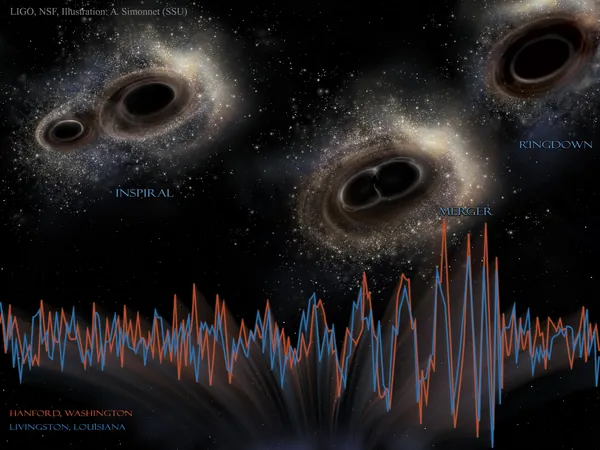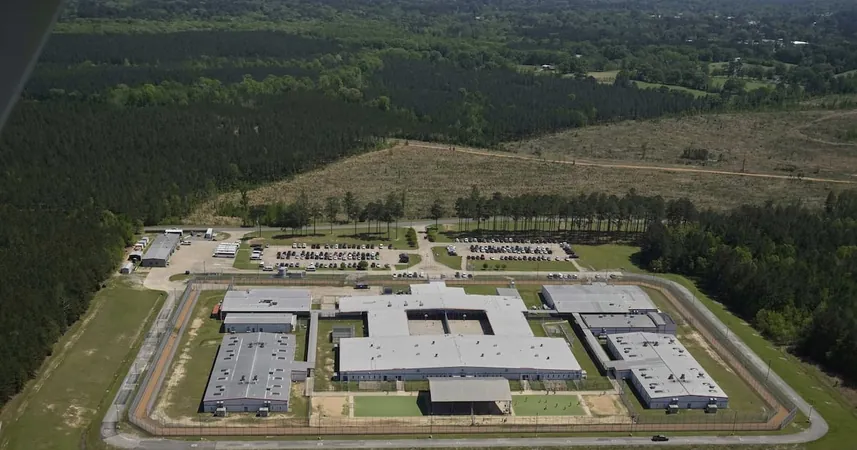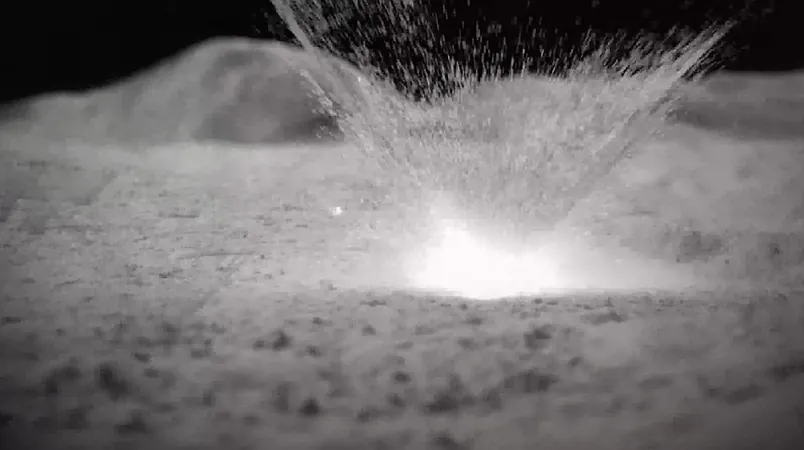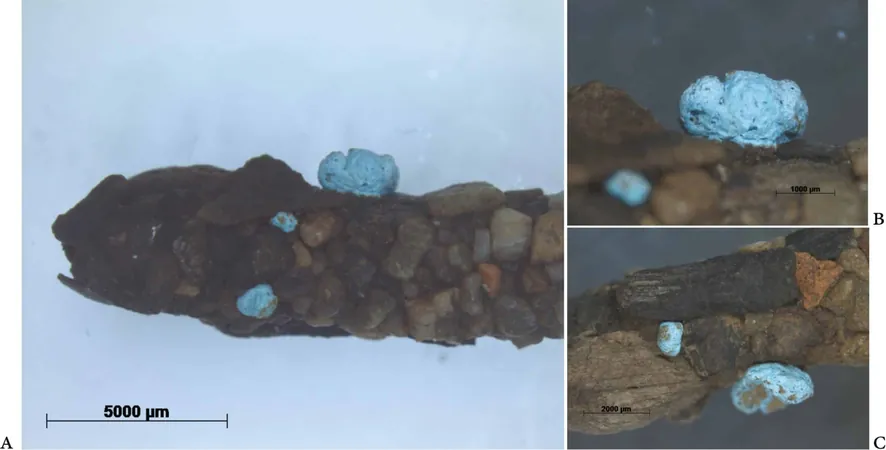
AI Breakthrough: A Game-Changer in Gravitational Wave Detection!
2025-04-15
Author: Charlotte
Unlocking the Secrets of the Universe
Imagine waves rippling through the fabric of spacetime, born from cataclysmic cosmic events like colliding black holes or stellar explosions. These elusive ripples, known as gravitational waves, have revolutionized our understanding of the universe since their historic detection in 2016, a feat made possible by extraordinarily complex detectors.
AI Takes the Stage in Detector Design
Enter the groundbreaking researchers at the Max Planck Institute for the Science of Light (MPL), who have harnessed the power of artificial intelligence to tackle the intricate challenge of designing gravitational wave detectors. Their innovative work, recently published in Physical Review X, showcases an AI system that explores uncharted design territories, unveiling new and potentially superior solutions.
Meet Urania: The AI Designing the Future
Leading the charge is Dr. Mario Krenn from the Artificial Scientist Lab at MPL, in collaboration with the celebrated LIGO team—the pioneers of gravitational wave detection. Together, they've developed an algorithm dubbed "Urania," which crafts novel designs for interferometric gravitational wave detectors using cutting-edge machine learning techniques.
Revolutionary Designs on the Horizon
Interferometry, the method that measures wave interference, complicates the design process by requiring precise optimization of layouts and parameters. The researchers cleverly turned this challenge into a continuous optimization problem, yielding designs that markedly outperform existing next-generation detectors. Their findings promise to dramatically enhance our ability to detect faint cosmic signals.
A Blend of Innovation and Discovery
Urania’s solutions not only revisit historical techniques but also present avant-garde designs that challenge the status quo in detector technology. Krenn emphasizes the marvel of their discoveries: "After two years of development, we've uncovered dozens of innovative solutions that surpass human-engineered blueprints. It raises the question of what ideas we might have overlooked against the capabilities of AI."
Sharing the Wealth of Knowledge
To foster further exploration, the team has compiled a public repository, known as the "Detector Zoo," featuring 50 of the most promising designs for the scientific community to investigate.
The Future is Here: AI in Scientific Exploration
The implications of this work point to a future where AI plays a pivotal role in crafting advanced tools for cosmic exploration. Dr. Krenn asserts, "We’ve entered an era where machines unveil superhuman scientific solutions, and our challenge now lies in understanding their innovations. This will undoubtedly shape the future of science."









 Brasil (PT)
Brasil (PT)
 Canada (EN)
Canada (EN)
 Chile (ES)
Chile (ES)
 Česko (CS)
Česko (CS)
 대한민국 (KO)
대한민국 (KO)
 España (ES)
España (ES)
 France (FR)
France (FR)
 Hong Kong (EN)
Hong Kong (EN)
 Italia (IT)
Italia (IT)
 日本 (JA)
日本 (JA)
 Magyarország (HU)
Magyarország (HU)
 Norge (NO)
Norge (NO)
 Polska (PL)
Polska (PL)
 Schweiz (DE)
Schweiz (DE)
 Singapore (EN)
Singapore (EN)
 Sverige (SV)
Sverige (SV)
 Suomi (FI)
Suomi (FI)
 Türkiye (TR)
Türkiye (TR)
 الإمارات العربية المتحدة (AR)
الإمارات العربية المتحدة (AR)